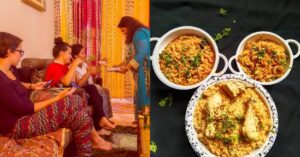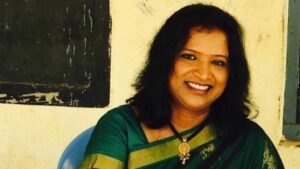Once Run From a Garage, Woman’s Startup Earns Crores, Weaves Change for Tribal Artisans
Quitting a corporate career, woman entrepreneur Sonia Anand started Monk & Mei to transform the lives of tribes in the naxal-affected areas of Odisha. Today, the startup's revenue is in crores.

“I remember these young girls, all of 12 or 14 years of age sitting with guns in their hands. On asking them why they weren’t in school I was met with sniggers. They told me that my reality was far removed from theirs and I had no idea what I was asking,” says Sonia Khatri Anand, founder of Monk & Mei, a Mumbai-based brand.
As a part of a project she was handling for the World Bank, she got to meet and interact with a tribe from Nalanda, Bihar.
But the conversation, she recalls, shook her to her core.
“That conversation stayed with me long afterwards as well. I would try and talk about it at every gathering. The kind of impact that should have happened with the policy work I was involved in did not seem to be translated on-ground,” she says, adding, “I was left feeling very shallow.”
Such was the start of Monk & Mei in 2018, which showcases the work of tribal women and youth karigars (artisans) from rural parts of Odisha.

After spending over a decade and a half working with corporate India, Sonia decided that her “true calling” lay in working with artisans and developing rural India. The boot-strapped designer clothing brand is today fulfilling close to 1,000 orders every month with a revenue run rate of approximately Rs 7.5 crores.
She says, “My work with different consulting firms allowed me to work on social and economic empowerment of women from underprivileged backgrounds, especially from the Naxal-affected areas. This for me was eye-opening because it allowed me to experience the real India.”
Sonia recalls her work took her to Odisha where she had the chance to meet another set of tribal women artisans outside the Chief Minister’s office. “These were trained tailors who had returned from Tirupur, Tamil Nadu, looking for job opportunities in their own hometown,” she says.
Many of these women were coming home after having suffered a life of indignity. In many instances, several of them were made to live in one small room and even more, numbers were asked to share a washroom. “These women were there more to ask to lead a life of dignity while using the skills they were good at,” she adds.
This was Sonia’s eureka moment.
A 100 sewing machine set-up
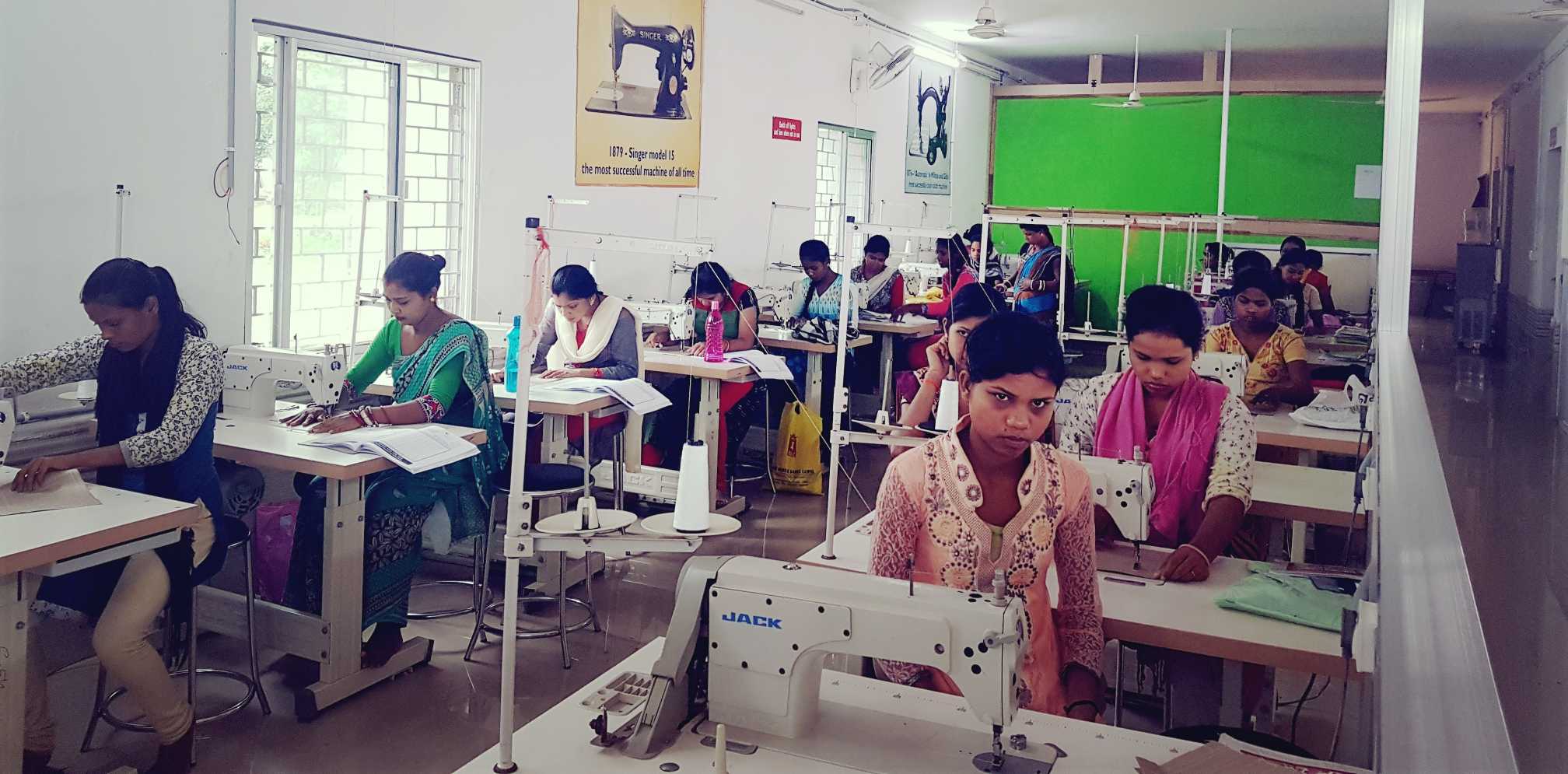
When Sonia decided to leave the corporate world to become an entrepreneur, she says that it did send a ripple of shock through her family members, especially her father. She says, “My father had asked me why I chose to do this when I was on track to becoming a partner in the firm soon. From pouring over contracts and finalising deals in boardrooms I was carrying needles and thread in my bag. My dad was most impacted by this change of career.”
Nevertheless, Monk & Mei began its operations with 100 sewing machines set up on the outskirts of Bhubaneshwar. “We started with 30 women artisans and gradually that number rose to almost 91 tribal women artisans from the region. We started making corporate uniforms and the kind of joy that it brought to the women working with me was just unparalleled,” she says.
Recalling the early days, she says, “We used to carry the cloth, needles, and other raw materials to the factory. When we set up we had no help and no one would deliver to that address either. From that we grew and that in itself was such an achievement for each of us.”
What kept Sonia going was seeing the impact of her work.
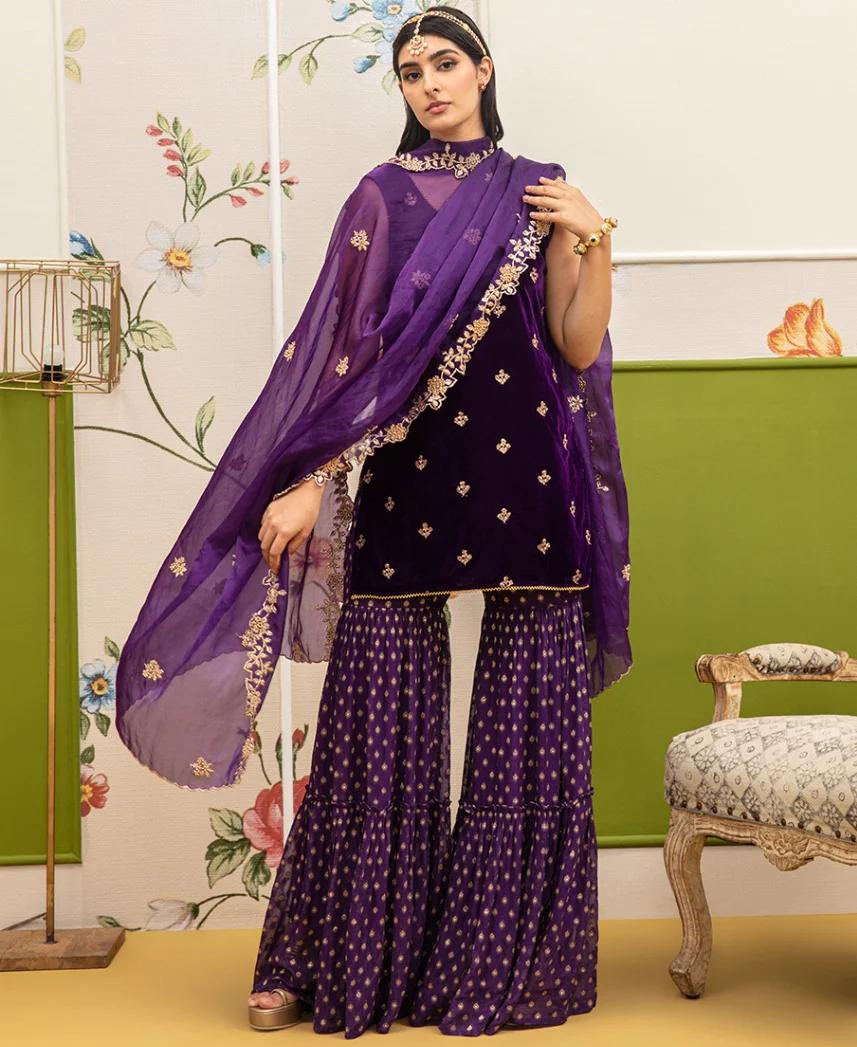
One such story is that of Pari, a young employee who on one of Sonia’s visits asked for her blessings. “She was so grateful for the unit we had set up. She mentioned that if not for it she would have either been married off at 15 or would have been sent to Ghaziabad or Tirupur to work in a garment factory there,” adds Sonia.
While the unit was doing well and the impact was also significant, cyclone Fani hit the region in 2019, which adversely impacted the business. It was during this situation that Monk & Mei decided to pivot to a consumer-facing clothing brand.
Learning from scratch
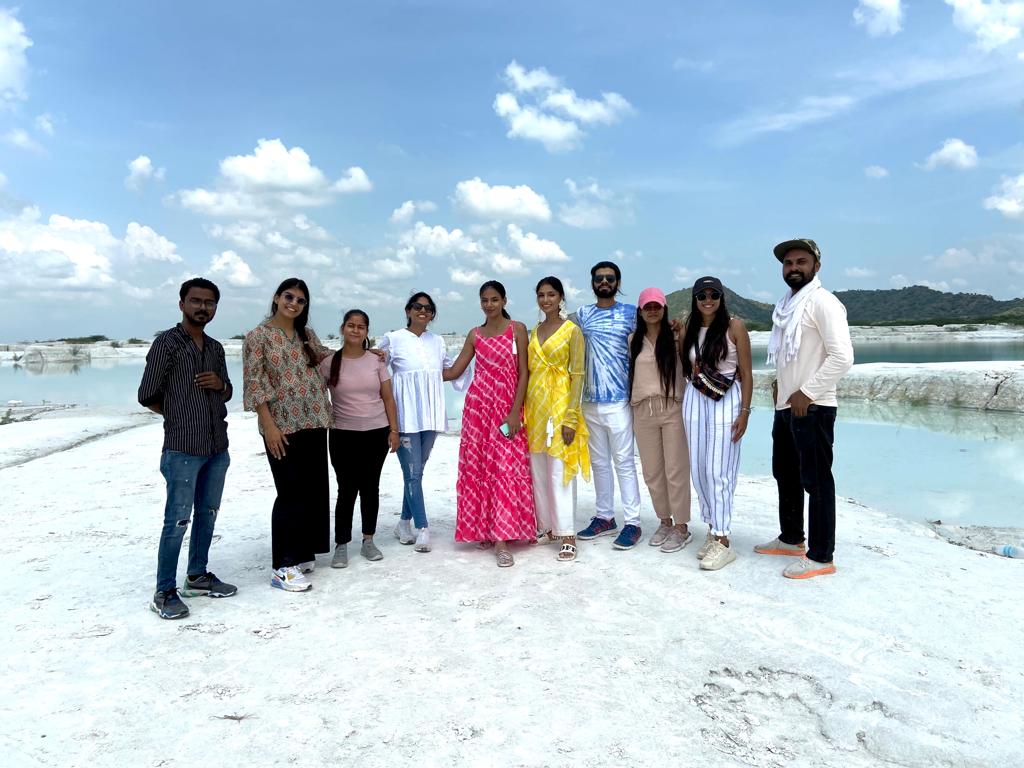
While cyclone Fani was a huge setback that resulted in financial losses, Sonia and her team worked on rebuilding the brand in a new avatar. “We restarted the operations out of my home garage in Mumbai with just one karigar.”
“The idea behind the brand was to make accessible-yet-conscious designer wear. We wanted to make clothes that were at a price point that a majority would be comfortable spending on and to come to that understanding required a lot of research and work on our part,” she adds.
The first collection, which was called ‘A Rose from my Old Diary,’ was a line that had clothes designed on linen. “We had digitally rendered roses on the fabric. This was launched in March 2020 and the response we received was phenomenal. In 15 days we had sold close to 500 styles,” she says.
She adds, “But I still remember masterji used to come, pick up the fabric, make garments and deliver them to me.”
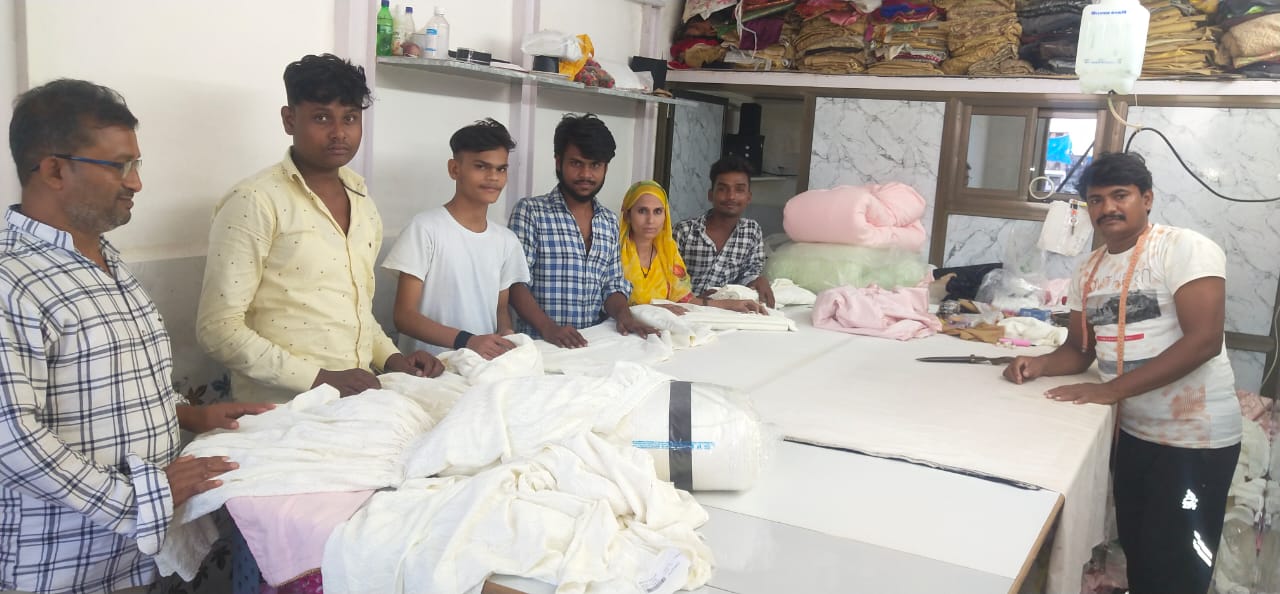
Ayub Masterji, one of the oldest karigars associated with the company says, “I was the first masterji (tailor) to be hired and have been here since 2019. When I started I had two machines and just as work was picking up, the lockdown was imposed. That left a lot of us without a job but not me. I was perhaps the busiest during the lockdown and also got two more machines to be able to meet the demand.”
He continues, “The work I got also enabled me to further hire eight more tailors whose homes were running because of the work they did with me. This then led to us hiring dye masters as well. This is the biggest impact that Monk & Mei has had on not just my lives but my community of tailors, dyers, embroidery workers and those who work on the tussles.”
While Ayub masterji works on bringing to life the sketches, people like Shivani Chachan (25), work on building a community of like-minded customers for Monk & Mei.
Shivani, who has been associated with the brand as ‘officer for communities’, since 2020, says, “I started working with Monk and Mei as soon as I graduated from my fashion design college and it has been a whole lot of learning for me. Starting my career with a startup has been one of the best decisions as I got the opportunity to work in different departments and explore myself and my interests. I have grown individually as a person with the brand and at the end of the day, it’s a fulfilling experience to know that I am contributing my bit to the planet and I am a part of a community that is making a difference in people’s lives.”
Today, the team works with fabrics like block and daboo prints, chikankari, chanderi, brocade, and mulmuls.

With 55 per cent of buyers from Tier I cities and 45 per cent from Tier II and III, Sonia says that the intention is to increase the percentage of users in the latter. The label also caters to women of all body sizes from XXS to 5XL across age groups of 22 years to 55 years.
Additionally, they deliver to the USA, Canada, Australia, Europe and Dubai. One can buy the clothes directly from the website or even place an order through their social media handles: Facebook and Instagram.
After spending the last few months trying to onboard investors, Sonia has some advice for entrepreneurs looking to raise capital:
1. Use year one to stabilise the operations:
It is imperative to have this well in order before approaching investors for capital. If there are products involved in the business the stock keeping and logistics of it must be well worked out. This will take a while, so allow it to happen organically.
2. Be passionate about your business:
If making a good profit is the sole objective of the business then that might not augur well while you try to raise capital. The business you represent must be started with passion and a desire to make a difference.
3. Be mindful of data:
While not everyone can be adept at maintaining MIS (Management Information System), data and analytics, entrepreneurs need to know what is happening with all of these. Maintaining a basic excel sheet with these data points is a must since that is an often-asked question when pitching to investors.
4. Favour debt over equity:
This not only helps better the company’s credit score but also enhances the chances of raising capital at a later date. Having returned the debt on time also increases the credibility of the company substantially.
All images courtesy: Sonia Anand
(Edited by Yoshita Rao)
This story made me
- 97
- 121
- 89
- 167
Tell Us More
We bring stories straight from the heart of India, to inspire millions and create a wave of impact. Our positive movement is growing bigger everyday, and we would love for you to join it.
Please contribute whatever you can, every little penny helps our team in bringing you more stories that support dreams and spread hope.






